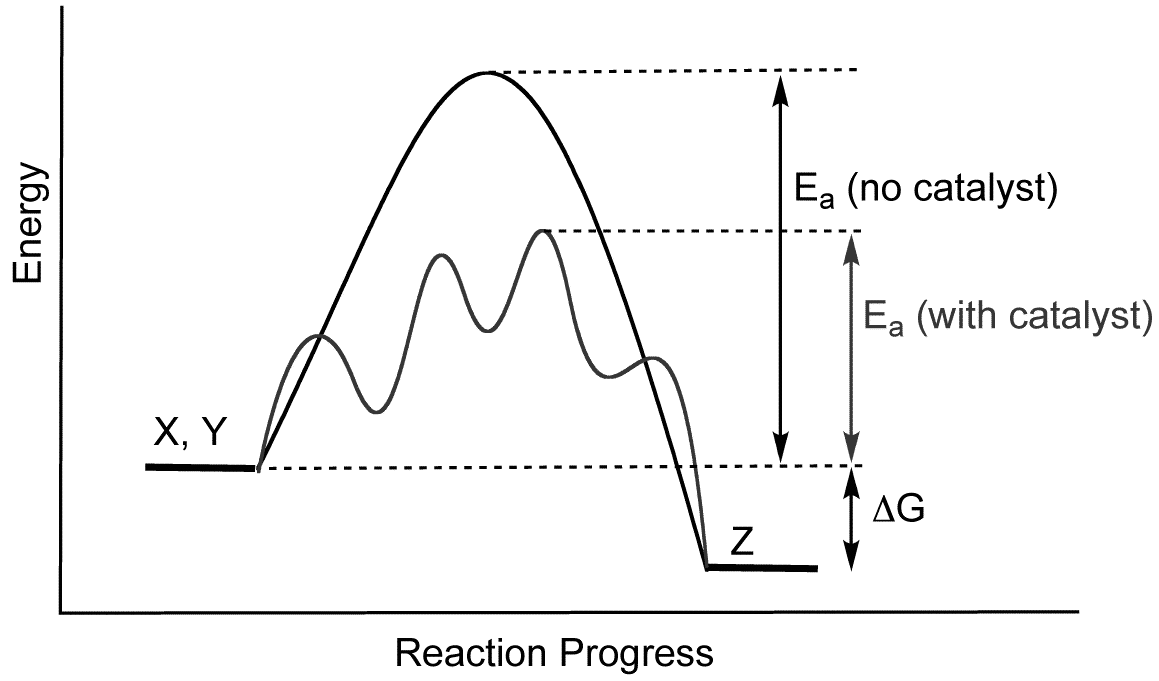Introduction
In the realm of decision-making, the concept of Catalysts serves as a potent mental model. Catalysts can be defined as influential factors or triggers that accelerate or enhance the decision-making process. Understanding Catalysts is crucial, as they have a profound impact on our choices and actions. Anchored in human psychology, this mental model permeates our daily lives, shaping the outcomes of our decisions. In this comprehensive blog post, we will explore the definition of Catalysts, their relevance in decision-making, their prevalence in various contexts, examples of their occurrence, the biases contributing to them, strategies to identify and avoid falling prey to Catalysts, and the implications of awareness and active avoidance of this mental trap.
Defining Catalysts and Their Relevance
Catalysts, as a mental model, represent the factors or triggers that expedite or enhance decision-making processes. They act as drivers, propelling individuals or groups toward taking action or making choices. Catalysts are highly relevant in decision-making because they reduce inertia, eliminate barriers, and increase motivation to move forward. By understanding Catalysts and recognizing their influence, we can harness their power to make more effective and efficient decisions.
Anchored in Human Psychology and Prevalence in Daily Life
The Catalysts mental model is deeply rooted in human psychology. As beings inclined towards comfort and familiarity, we often require external stimuli or triggers to initiate change or overcome inertia. Catalysts can be found in various aspects of our day-to-day lives, from personal decisions to business scenarios and public policy-making. They play a pivotal role in shaping our behaviors and determining the outcomes of our choices.
Examples of Catalysts in Various Contexts
- Personal Life Decisions: Imagine an individual contemplating a career change. They have been unhappy in their current job and desire a more fulfilling profession. The Catalysts in this scenario may include a conversation with a mentor or colleague who shares their success story after making a similar career change. This trigger could motivate the individual to explore new opportunities and ultimately make the decision to pursue a different path.
- Business Scenarios: In the realm of business, Catalysts often manifest as external market forces or innovative ideas. For instance, a company facing declining sales may encounter a Catalyst in the form of a disruptive competitor entering the market. This trigger prompts the company to reassess its strategies, adapt to the changing landscape, and take action to remain competitive.
- Public Policy-Making: Catalysts also have implications in public policy-making. Consider a government facing environmental challenges and contemplating the implementation of renewable energy initiatives. A Catalyst may arise in the form of scientific research highlighting the adverse effects of fossil fuel consumption on the environment. This trigger propels the government to develop policies and regulations to promote renewable energy adoption.
Mental Biases and Psychological Underpinnings
Several mental biases contribute to Catalysts, including confirmation bias and availability bias. Confirmation bias leads individuals to seek information that supports their preexisting beliefs or preferences, effectively acting as a Catalyst for their decision-making process. Availability bias, on the other hand, emphasizes the ease of accessing information when evaluating options, making certain Catalysts more salient and influential than others.
Other psychological underpinnings of Catalysts include social proof and the need for immediate gratification. Social proof, rooted in our desire for acceptance and conformity, serves as a Catalyst by prompting individuals to align their choices with the actions of others. The need for immediate gratification acts as a Catalyst by prioritizing short-term gains or pleasures over long-term considerations, potentially leading to irrational decisions.
Identifying and Avoiding Catalysts
To identify when Catalysts may be influencing decision-making, individuals should be aware of the following signs:
- Reactivity: Feeling compelled to make decisions impulsively or without careful evaluation may indicate the presence of Catalysts.
- Overreliance on External Factors: Placing excessive weight on external opinions or influences without considering personal values and objectives may signal the influence of Catalysts.
- Tunnel Vision: Focusing solely on immediate gains or short-term outcomes, neglecting long-term consequences, can be a result of Catalysts.
To avoid succumbing to Catalysts, individuals can employ the following strategies:
- Self-Reflection and Awareness: Regularly assess personal values, goals, and priorities to ensure decisions align with long-term aspirations rather than being swayed by transient Catalysts.
- Critical Thinking and Evaluation: Engage in thorough analysis and evaluation of options, considering a diverse range of perspectives and evidence to mitigate the influence of confirmation bias.
- Delayed Gratification: Practice patience and consider the long-term implications of decisions, resisting the urge to prioritize immediate gains at the expense of future well-being.
- Independent Decision-Making: Strive for autonomy in decision-making, relying on internal values and objectives rather than solely relying on external Catalysts.
Conclusion
The Catalysts mental model holds significant power in decision-making processes, acting as triggers or factors that expedite or enhance our choices. Anchored in human psychology and prevalent in various contexts, Catalysts can shape outcomes and influence our behaviors. By understanding the biases and psychological underpinnings associated with Catalysts, individuals can gain awareness and exercise caution when making decisions. By employing strategies to identify and avoid falling prey to Catalysts, individuals can make more objective and informed choices that align with their long-term goals. Embracing awareness and actively avoiding this mental trap can lead to improved decision-making and the achievement of desired outcomes. Harness the power of Catalysts wisely, and let them propel you towards success.
